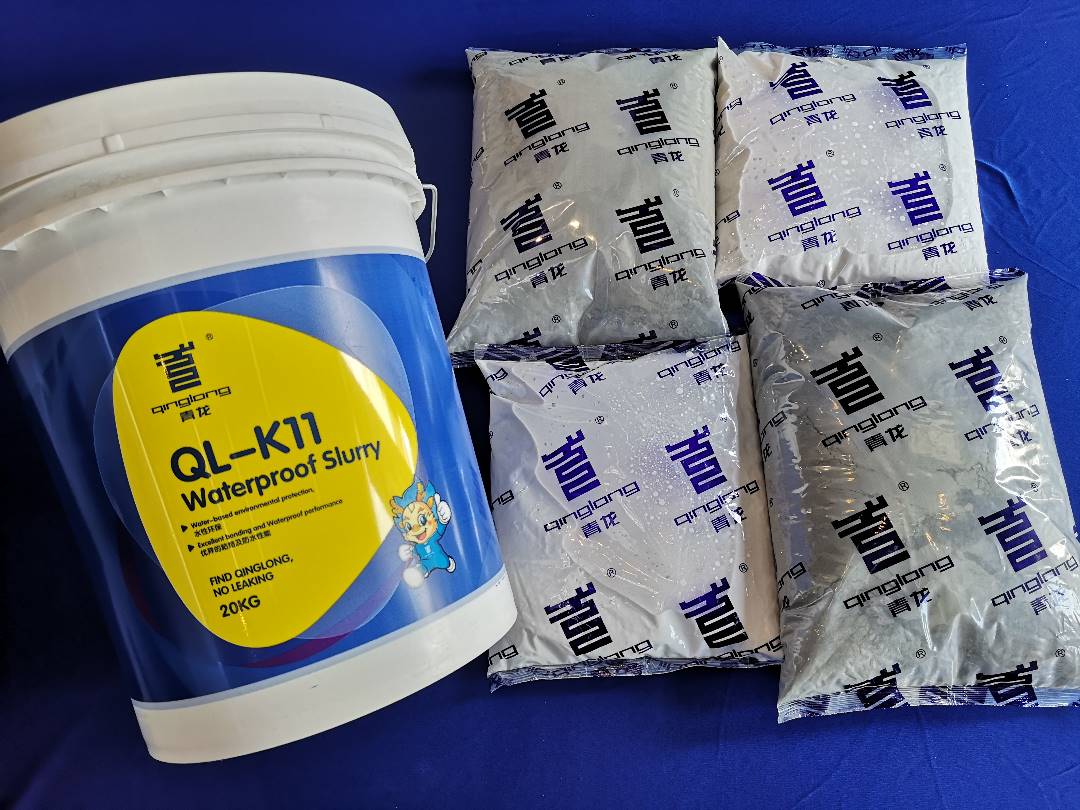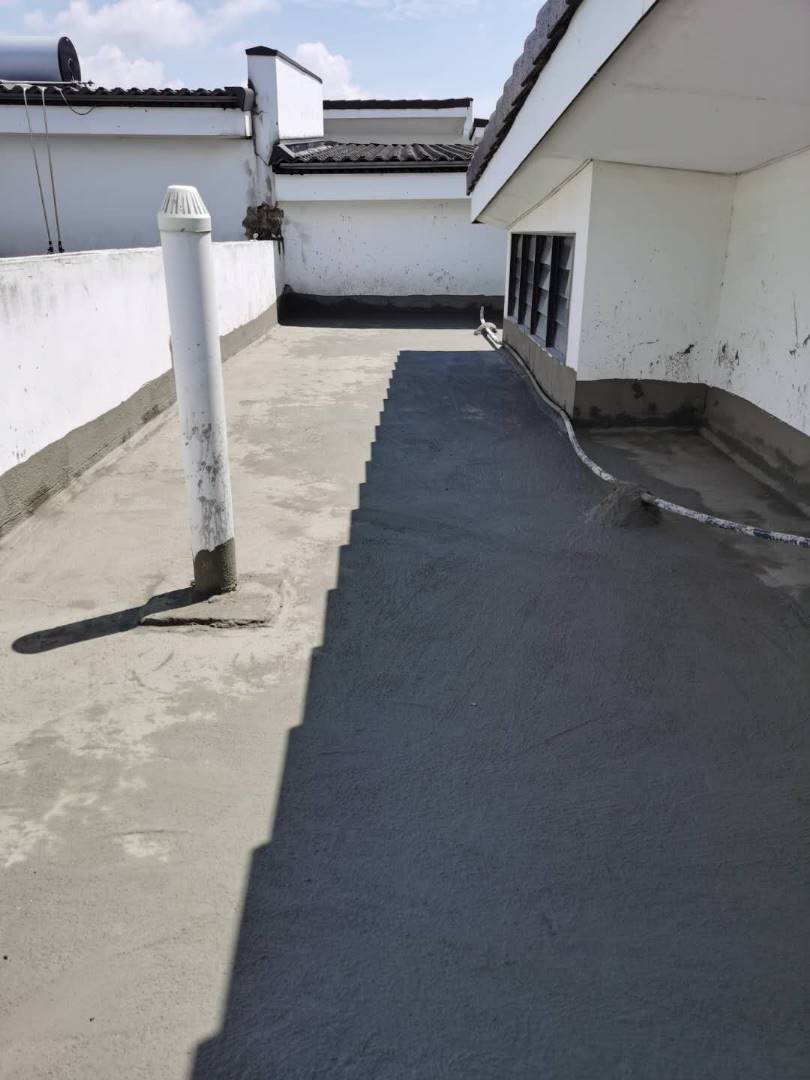
Problems and Solutions
1. Can K11 be directly applied to water-resistant putty or gypsum board?
No, it cannot. It is incorrect in terms of the procedure. K11 can be used for the base treatment of water-resistant putty or gypsum board.
2. Does high air humidity affect the application of K11 for exterior walls?
High air humidity can have an impact on the film appearance after application, and it may result in a whitening effect.
3. What are the reasons for K11 turning white?
- The substrate is moist or contains moisture during construction.
- Insufficient mixing of liquid and powder components. The powder should be slowly added to the liquid and mixed thoroughly before application.
-Applying a single thick coat instead of multiple thin coats during the application process.
4. What causes the tiles to come off when using K11?
- If a waterproof layer, such as JS/polyurethane waterproof coating, has been applied before the K11 waterproof layer, and the surface is too smooth, sand should be evenly spread over the surface before construction to enhance the roughness of the substrate and improve the bonding capability of the material.
- Insufficient substrate solidity can also cause the tiles to come off.
- Quality issues with K11 should be assessed based on the specific on-site conditions.
- During K11 application, if the coating thickness is inadequate, it should be applied with a minimum thickness of 2mm, in three separate coats.
5. Why does K11 blister and peel when exposed to water?
- Premature water exposure before the coating has completely dried.
- The substrate being excessively dry during application. In the case of an excessively dry substrate, it should be moistened with water before construction.
6. Why does the area around pipe joints still leak despite using K11 waterproof coating and reinforcing treatments?
In addition to applying K11 for at least two coats, it is important to maintain consistent pressure and apply a thin coat. Applying the coating too thick can result in cracking.
Even if the surface appears dry and solid, the interior layers of the coating may still contain moisture, rendering the waterproof layer ineffective. Reinforcing treatments usually involve using non-woven fabric and applying a universal adhesive to strengthen the joints.
7. Why is the waterproof layer on corners prone to cracking?
Corners, being areas of concentrated stress, can cause K11 waterproof coatings to crack under vertical forces.
This issue is often seen when the waterproof layer is applied too thick. To address this, a product like "powder water-proofer" can be applied on rounded corners.
8.Why does the colour of the K11 waterproof layer become inconsistent after drying?
This can happen due to the influence of water during the curing and maintenance process, resulting in variations in the viscosity of the K11 waterproof coating and inconsistent moisture content in the substrate. Temperature fluctuations and exposure to water can also contribute to this issue.
9. Why do colour streaks, grayish tones, and unevenness appear during and after the drying of K11?
Possible reasons include improper mixing ratios, the addition of water, high humidity, and poor ventilation. Cement-based products often exhibit turn white effects, which cannot be completely eliminated but can be controlled to some extent.
10. Why does K11 peel and crack after application?
It may be due to the substrate being excessively dry during application, causing the substrate to absorb some of the water required for the K11 reaction, resulting in incomplete curing.
Incorrect application procedure, such as applying a single thick coat, can also lead to this issue. The coating should be applied thin multiple times, not to be fast at once.

Instructions and precautions for using QL-K11 Waterproof Slurry:
- Suitable for use in environments between 5℃ and 40℃, avoid high temperatures, low temperatures,
and outdoor rainy weather.
- This product does not require water addition; do not mix this product with other materials or additives.
- Use the mixed material within approximately 1 hour, and do not add water to the solidified material for
further use.
- Avoid applying a single layer too thick, especially at pipe openings and corners, to prevent cracking.
- Maintain a well-ventilated environment after construction to facilitate the drying and solidification of the layer.
- Avoid damaging the layer during subsequent construction stages.
- When laying tiles on the waterproof layer, do not use pure cement paste. Follow the tile manufacturer's
instructions, leave gaps, and consider using tile adhesive.
- Avoid direct contact with the skin during construction. In case of accidental contact, rinse immediately
with clean water.




